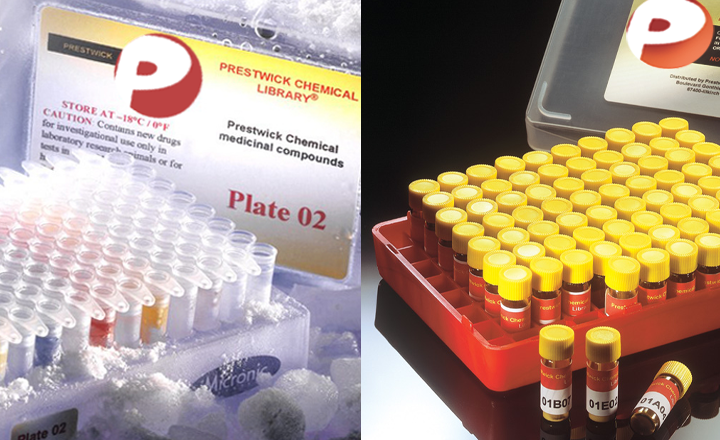A high-throughput screen for aggregation-based inhibition in a large compound library
Feng BY, Simeonov A, Jadhav A, Babaoglu K, Inglese J, Shoichet BK, Austin CP
Journal of Medicinal Chemistry - vol. 50 2385-2390 (2007)
Journal of Medicinal Chemistry
High-throughput screening (HTS) is the primary technique for new lead identification in drug discovery and chemical biology. Unfortunately, it is susceptible to false-positive hits. One common mechanism for such false-positives is the congregation of organic molecules into colloidal aggregates, which nonspecifically inhibit enzymes. To both evaluate the feasibility of large-scale identification of aggregate-based inhibition and quantify its prevalence among screening hits, we tested 70,563 molecules from the National Institutes of Health Chemical Genomics Center (NCGC) library for detergent-sensitive inhibition. Each molecule was screened in at least seven concentrations, such that dose-response curves were obtained for all molecules in the library. There were 1274 inhibitors identified in total, of which 1204 were unambiguously detergent-sensitive. We identified these as aggregate-based inhibitors. Thirty-one library molecules were independently purchased and retested in secondary low-throughput experiments; 29 of these were confirmed as either aggregators or nonaggregators, as appropriate. Finally, with the dose-response information collected for every compound, we could examine the correlation between aggregate-based inhibition and steep dose-response curves. Three key results emerge from this study: first, detergent-dependent identification of aggregate-based inhibition is feasible on the large scale. Second, 95% of the actives obtained in this screen are aggregate-based inhibitors. Third, aggregate-based inhibition is correlated with steep dose-response curves, although not absolutely. The results of this screen are being released publicly via the PubChem database.


